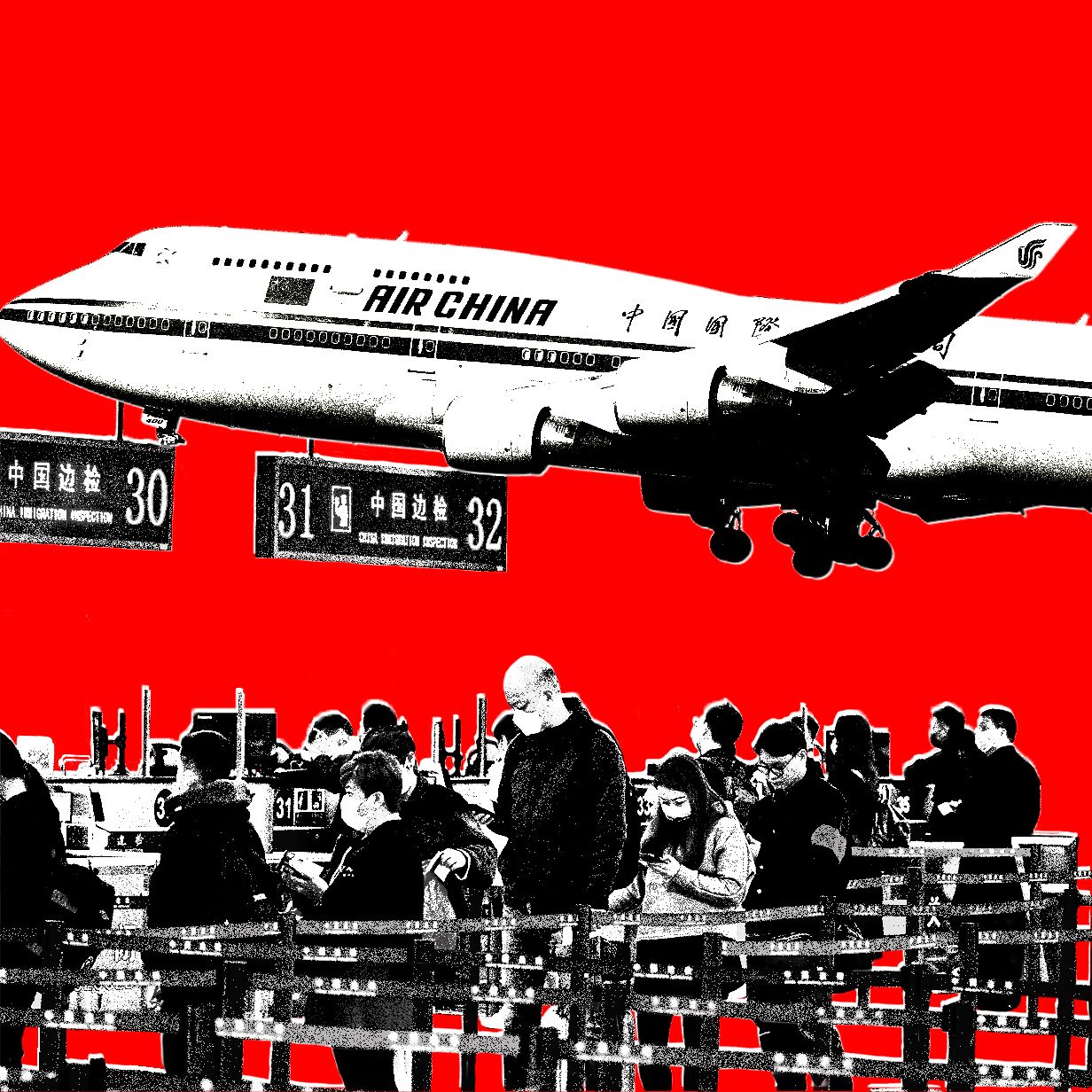Hi! Louise here. While President Donald Trump makes it harder to hire skilled foreign workers in the US, Chinese leader Xi Jinping is trying to lure them in. On Wednesday, China officially launched a new visa program designed to make it easier for young professionals and people with degrees in science and technology from top universities to study and do business in the country.
While many of the details of the K visa program have yet to be announced, Chinese authorities have said that applicants won’t be required to obtain an invitation letter from a specific company, meaning the visa isn’t tied to individual employers. That could give foreigners the flexibility to, say, join an early stage startup in Shanghai or explore different opportunities in a buzzy tech hub like Hangzhou.
The program was introduced just weeks after the Trump administration announced a new $100,000 fee for H-1B visas, which Silicon Valley has long depended on to recruit top engineering talent from abroad. From the outside, it looks like China is seizing the moment, positioning itself to attract leading scientists and researchers who might now be shut out of the United States. While that narrative explains part of the story, the full picture is more complicated.
Chinese social media has been flooded in recent days with angry comments about the K visa, with many people expressing concerns that it will give foreign workers an edge over domestic STEM graduates. On one hand, these anxieties are understandable—the visa is being rolled out at a moment when youth unemployment is on the rise in China, and many people with college degrees are struggling to find steady work.
But on the other hand, a considerable amount of the commentary about the program was tinged with nationalist and xenophobic rhetoric—if not outright racism. Chenchen Zhang, an international relations professor at Durham University, noted that some Chinese influencers were spreading conspiracy theories that Indians were planning to use the visa to immigrate to China en masse. “The amount of racism is insane,” Zhang said in a Bluesky post.
The backlash was seemingly intense enough to prompt a response in the Global Times, a state media tabloid known for its nationalist slant. The K visa showcases “a more open and confident China in the new era to the world,” the paper argued. The article took pains to stress that the program is very different from the H-1B system in the US: “The H-1B visa is widely regarded as a work visa designed to meet the needs of US industries for skilled professionals,” the article said. “By contrast, China’s K visa is intended to promote exchanges and cooperation between young Chinese and foreign science and technology professionals.”
Balancing Act
Beijing is ultimately trying to balance two competing values that may come to define China in the coming decades: openness and self-reliance. The country wants to attract the best technology and science talent, and clearly understands how initiatives like the H-1B program helped the United States become a global tech powerhouse. It’s likely especially interested in luring researchers who specialize in areas where China is relatively lacking, like semiconductor design.
But Beijing also can’t risk appearing reliant on or subservient to foreign expertise. The country has built perhaps the world’s largest and most robust STEM education pipeline, and it doesn’t want graduates to be resentful that foreigners are supposedly taking their jobs.
The bottom line is that, unlike the US, China is not a country of immigrants. In 2020, only about .1 percent of the mainland population was made up of foreigners, according to one estimate by researchers from the Kiel Institute for the World Economy. That’s roughly 1.4 million people in a country of more than 1.4 billion. In the United States, by contrast, 15 percent of the population is made up of immigrants. Even other East Asian nations, like Japan and South Korea, are home to far more foreigners than China in terms of their relative population size.
Because the US already has a large immigrant population from all over the world, it can be easier for new arrivals to adjust. Local companies operate in English, the language of global business. Colleagues and friends communicate through platforms like Gmail and Instagram, which are available in most parts of the world. And when it comes to creature comforts, H-1B recipients from India or China who land in San Francisco or New York will have no trouble finding restaurants (even good ones!) that serve food that tastes like home.
In China, however, newcomers must navigate a corporate landscape that operates largely in Chinese, a language few foreigners study in grade school or while pursuing a STEM degree. The country’s tech ecosystem is also totally unique. New arrivals face not only an unfamiliar language and culture, but also a suite of unfamiliar programs and apps, most notably WeChat.
Better Reputation
There are signs that more people might be willing to overcome these barriers to experience the benefits of living in China, a place now increasingly associated with high-speed trains, electric cars, and futuristic cities. In places like Greece, Spain, and Germany, the majority of people now view China as the world’s top economic power, according to the Pew Research Center. Africa, the continent with the world’s youngest and fastest-growing population, already sends more students to study in China each year than to the US or UK.
I’ve personally noticed that my American friends and family seem to have much more positive impressions of China than they did a few years ago. That might be in part due to the popularity of Chinese exports like TikTok, Temu, and Labubu. Several friends have even told me they specifically want to visit Chongqing, a Chinese megacity that didn’t attract many foreign tourists until videos of its skyline and hot pot restaurants went viral on Instagram and TikTok.
Whether this growing curiosity translates into people actually moving to China will depend in part on how the government handles programs like the new K visa. The policy lowers barriers for people who want to study or work there, but it has also stirred anxieties at home. For now, it’s unclear whether it will become a genuine gateway for new waves of international talent, or falter in the face of the same rising nationalist sentiments reshaping politics around the world.
This is an edition of Zeyi Yang and Louise Matsakis’ Made in China newsletter. Read previous newsletters here.




